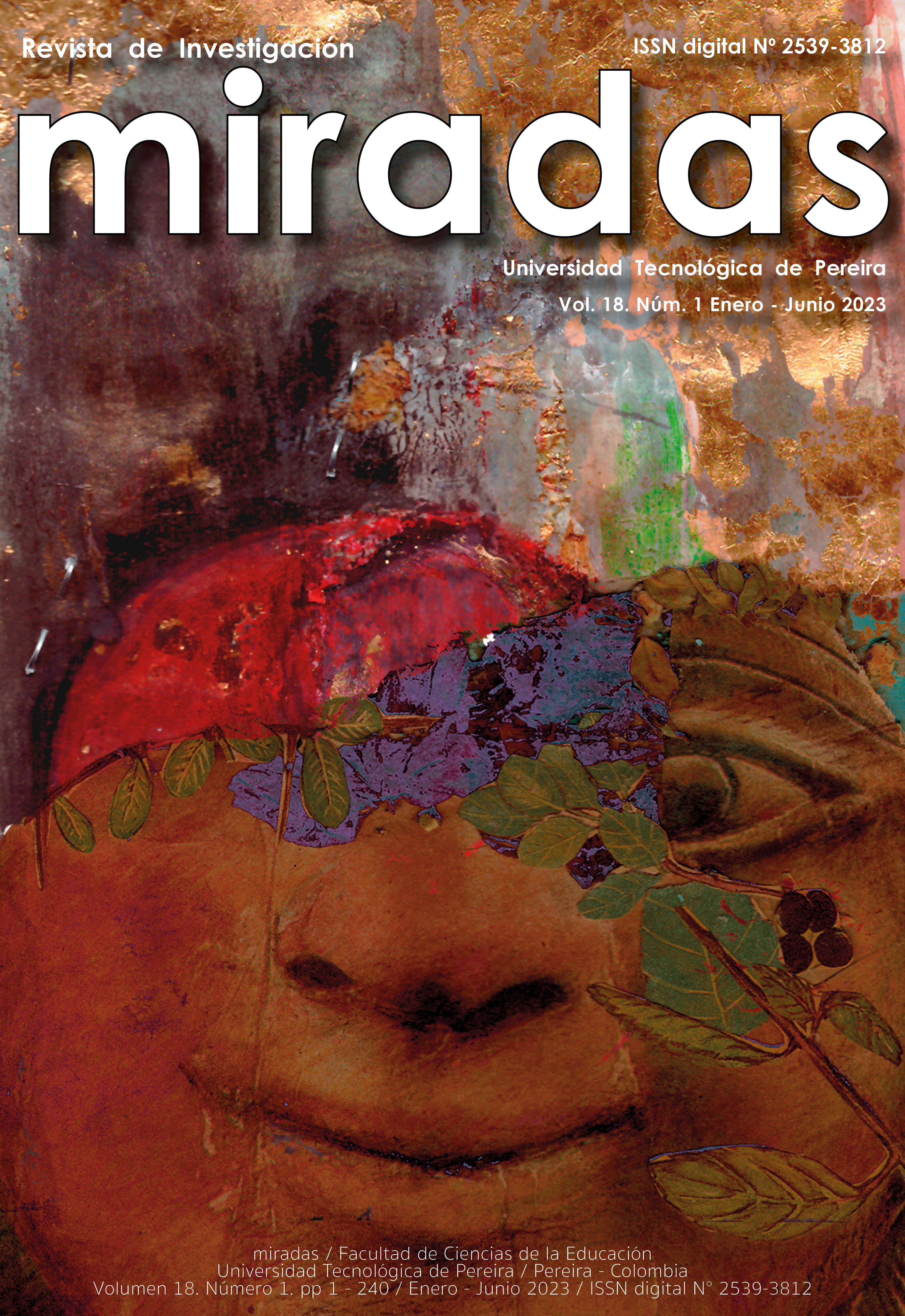Multimodal discourse analysis of the representation of the female gender in advertising spots broadcast by Canal Caracol
DOI:
https://doi.org/10.22517/25393812.25337Abstract
The representations of the female gender in advertising are manifestations of the creations of culture. The language evidences the existing concepts about women. The purpose of this study was to investigate the configuration of the representation of the female gender in spots broadcasted on the Caracol channel during a certain period of time. To address this phenomenon, the stereotype was taken into account as a simplified idea of a certain social group; the prototype, a mold as a biological reference of gender; and the role, actions performed by a person, in which he/she is pigeonholed and, additionally, has implications from the social construction of gender. The methodology of discourse analysis was approached from the multimodal discourse, to cover the phenomenon from the discursive aspects of the visual, auditory and verbal. The theoretical approaches of Cultural Studies and Stuart Hall were the basis for analyzing the data obtained. Five emerging stereotypes resulted from the study, among which the stereotype of the classic-modern woman stood out. In addition, two recurrent characteristics were highlighted: protection and care for the other.
Downloads
References
Alsina, M. (2001). Teorías de la comunicación; ámbitos, métodos y perspectivas. Universitat Autónoma de Barcelona. https://sociologiadelacomunicacionucab.files.wordpress.com/2015/10/teorc3adas-de-la-comunicacic3b3n-c3a1mbitos-mc3a9todos-y-perspectivas.pdf
Arismendi, S. (2019). Incidencia de los medios de comunicación en los prototipos de belleza de las mujeres de Medellín entre los 20 y 30 años. [Trabajo de grado]. Universidad Luis Amigó. http://179.50.60.21:8080/bitstream/ucatolicaamigo/1314/1/Uclam_CD-T658.802%20A714%202019.pdf
Camusso, M. (2019). Cocinar y comer: continuidades y rupturas en las representaciones sexogenéricas en publicidades de alimentos. RIVAR Vol. 6, Nº 16. Enero 2019: 6-30. (DOI: https://doi.org/10.35588/rivar.v6i16.3790)
Cárcamo, B. (2018). El análisis del discurso multimodal: una comparación de propuestas metodológicas. Forma y Función, 31(2), 145-174. https://www.redalyc.org/jatsRepo/219/21958430007/html/index.html
Clúa, I. (2008). Género y cultura popular. Ediciones UAB. https://www.academia.edu/7252552/G%C3%A9nero_y_cultura_popular
Díaz, P. & Muñiz, C. (2007). Valores y estereotipos femeninos creados en la publicidad gráfica de las marcas de moda de lujo en España. Anàlisi: Quaderns de comunicació i cultura, (35), 27-45. https://ojs.ehu.eus/index.php/Zer/article/download/3644/3276/12708
Elizundia, A., y Alvarez, M. (2021). Publicidad y construcción de un imaginario social: Representación del género femenino en televisión ecuatoriana. Revista de Ciencias Sociales (Ve), XXVII(1), 241-254.
Flores, C., (2021). Introducción a la semiótica social multimodal y sus aplicaciones para el análisis de contextos escolares. Revista Educación, 45 (1), pp.1-29.Folguera del Barrio, M. Y. (2023). La representación de la mujer en la publicidad televisiva en Japón. Un análisis de contenido sobre los roles y estereotipos femeninos. Doxa Comunicación, 36, pp. 183-209.
García, E. y Riquelme, A. (2017). Percepción de los roles de género en la cultura mexicana actual. Memorias del XIX Concurso Lasallista de Invetsigación, Desarrollo e Innovación. https://revistasinvestigacion.lasalle.mx/index.php/mclidi/article/view/1332/1467
Hall, S. (2013). Restrepo, E., et al., (Ed.) *. Stuart Hall. Sin garantías: Trayectorias y problemas en estudios culturales. Corporación Editora Nacional, Universidad Andina Simón Bolívar. https://repositorio.uasb.edu.ec/bitstream/10644/7187/1/Hall%20S-Sin%20garantias.pdfhttps://www.academia.edu/17254779/Hall_Stuart_La_cultura_los_medios_de_comunicación_y_el_efecto_ideológico_Sin_Garantías_pdf
Heidt. E. (2004). Cuerpo y cultura: la construcción social del cuerpo humano. La certeza vulnerable. Cuerpo y fotografía en el siglo XXI. (46-64). Editorial Gustavo Gili, SA: Barcelona.
Lenne et al (2021). Framing real beauty: A framing approach to the effects of beauty advertisements on body image and advertising effectiveness. Body Image 37, 255–268
McRobbie A. (2017). Presentación del texto “Post-feminismo y cultura popular: Bridget Jones y el nuevo régimen de género”. Investigaciones Feministas, 8(2), 323-335. https://doi.org/10.5209/INFE.58316
McRobbie, A. (2010). ¿Las chicas arriba? Las mujeres jóvenes y el contrato sexual postfeminista. Debate Feminista, 41. 113-135. https://debatefeminista.cieg.unam.mx/df_ojs/index.php/debate_feminista/article/view/794/701
Meier, A. (2010). Cine y Spot publicitario. El ojo que piensa. Revista de cine Iberoamericano (1), 1-15. http://www.elojoquepiensa.cucsh.udg.mx/index.php/elojoquepiensa/article/view/7
Panarese, P. (2023). Sexualized female confidence: A new gender display in over 50 years of Italian fashion advertisements. Journal of Italian Cinema and Media Studies, 11(2), 255–276
Pardo, N. (2013). Despojo en la caricatura: metáfora multimodal. Cadernos De Linguagem E Sociedade, 14, 107–127.
Salazar, E. (2021). Beauty has no age anymore: Fashion and youth in Colombia (1970–99). International Journal of Fashion Studies, 8(1), pp. 67–84.
Vaca, B.; Carpio, L. y Barrazueta, P. (2019). Los estereotipos y la representación de género en la publicidad ecuatoriana. Revista Ibérica de Sistemas e Tecnologías de Informação. RISTI, N.º E26,02. 335–347. https://www.researchgate.net/publication/341464434_Los_estereotipos_y_la_representacion_de_genero_en_la_publicidad_ecuatoriana
Downloads
-
Vistas(Views): 810
- PDF (Español (España)) Descargas(Downloads): 591



